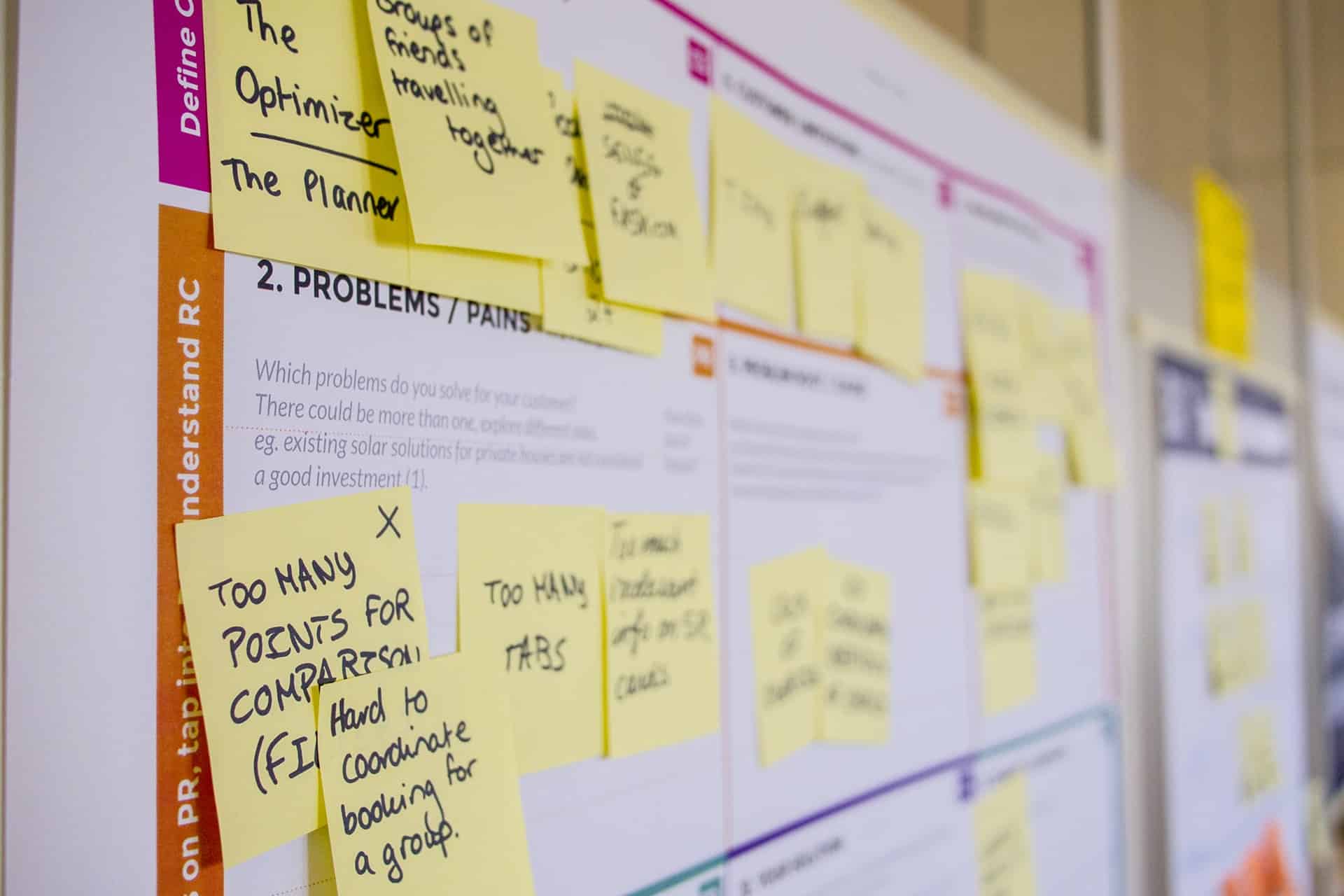The past year has been a true stress test for organizations, forcing them to jump-start innovation, adapt, and work under pressure. From a certain perspective, the COVID-19 crisis was the push that businesses needed to embrace digital transformation and make a breakthrough. However, true progress cannot be achieved without a solid operating model, and many businesses have discovered that to outmaneuver uncertainty, they need to become Agile.
According to data from a recent Accenture report, most C-suite executives are anxious about their operating model: 94% believe that their operational model puts their growth and performance at risk, and 84% believe that their current operational model isn’t enough to meet strategic objectives.
Agile transformation can help counter these risks and achieve EBITDA growth, but only if you have realistic expectations and understand the best practices. The benefits of Agile transformation sure sound great, but the road to it is a whole different story. Many executives embark on this story with the wrong idea of what agility is and how it should be achieved, which leads to even more complications and bottlenecks. To create an Agile operating model, you must be aware of the myths surrounding it and form realistic expectations.
IMAGE: UNSPLASH
Myth 1 – Small Startups Shouldn’t Bother With Agile Transformation
“Agile transformation is only for large enterprises, I shouldn’t bother with it.”
Yes, you should. In fact, having an Agile operating model right from the start can help your organization be more efficient and grow up healthy. You might not feel the need for it now, when you’re just starting out and you only have a small team, but as you grow, you’ll need it. And if you’re thinking about postponing Agile transformation, you might want to reconsider. The bigger a company is, the harder it becomes to change mindsets, systems, and processes, which is why it’s all the more important to be Agile from as early as possible.
Myth 2 -Training Is Enough To Become Agile
One study found that 35% of leaders feel that lack of training is the biggest impediment to becoming Agile. And, sure enough, lack of training is an issue that needs to be addressed. However, agility cannot be achieved just by sending your teams to a training course. It’s important to learn how to do Agile transformation but, at the same time, stakeholders must embrace experimentation and trust their teams to apply Agile principles. In the Agile operational model, there should be no room for micromanagement.
Myth 3 – You Can’t Measure The Impact Of Agile Transformation
Agile transformation implies the introduction of new ways of working and, oftentimes, changing old mindsets and processes. Change in itself is inherently difficult, and embracing this change may seem even harder if you cannot measure its impact. Although measuring the impact of Agile transformation might not always seem easy, there are ways to see its benefits at the end of the year – not only in the annual reports but also in the way your employees work and the money you save by streamlining operations.
Myth 4 – A Company Can Become Agile Without Planning
Agile transformation isn’t something you can “wing” or work out as you go along. Because each organization is different, your approach to Agile transformation will vary depending on where you are now, how big your teams are, and what you are hoping to achieve. Organizations can follow different paths to Agile transformation, but the process requires a lot of planning and should touch on the following:
- Company structure
- Technology used
- People
- Processes
Myth 5 – Agile Transformation Happens Overnight
Every year, businesses spend millions on failed Agile projects. There are several reasons why this happens, but one of the most overlooked ones is that leaders expect to see results from one day to the next. But change doesn’t happen overnight – especially not in the big companies that have relied on micromanagement and bureaucracy for years. With Agile transformation, you need to be patient and be flexible because your company is growing as you’re orchestrating this change.
Myth 6 – For Agile Transformation To Work, All Teams Need To Be In The Same Building
In 2021, somehow, this myth is still around. Even if Agile transformation means a dramatic change in the way team members work and interact with each other, employees don’t need to be together in the same building for this to happen. If the pandemic has proven anything, it’s that teams can achieve great things without seeing each other at the office every day, so you shouldn’t wait for things to “get back to normal” to start an Agile transformation.
Remote work is here to stay, and there are many examples of organizations that successfully managed to go remote without losing productivity. For example, Accenture managed to transition 95% of its workforce to remote work without a dent in productivity.
Myth 7 – You Should Only Involve The “Star Players” In The Agile Transformation Process
An HBR study has found that one of the biggest mistakes leaders make when embarking on an Agile transformation process is including only the so-called “star players” or the company’s top performers. While this tendency may seem understandable, it only leads to more issues down the line. First of all, Agile transformation is something that should concern the entire company, not just a select few, because others will feel left out.
The entire company should move together. Secondly, there’s always the possibility that the team members who are assigned on Agile projects will be sought after by their colleagues, which leads to an overload of work and frustration.
Myth 8 – You Can Copy Another Company’s Agile Transformation Strategy
Last up, an Agile strategy isn’t something you should copy. For example, many companies were inspired by the famous Spotify model and decided to apply it themselves. However, if you run a simple Google search for it, you’ll see some interesting results, including that “there is no Spotify model.” Why? Because Agile transformation isn’t a matter of copy-paste. While it’s always a good idea to take inspiration from another organization’s success story, you need to find your own way.
If you are interested in even more business-related articles and information from us here at Bit Rebels, then we have a lot to choose from.


COMMENTS